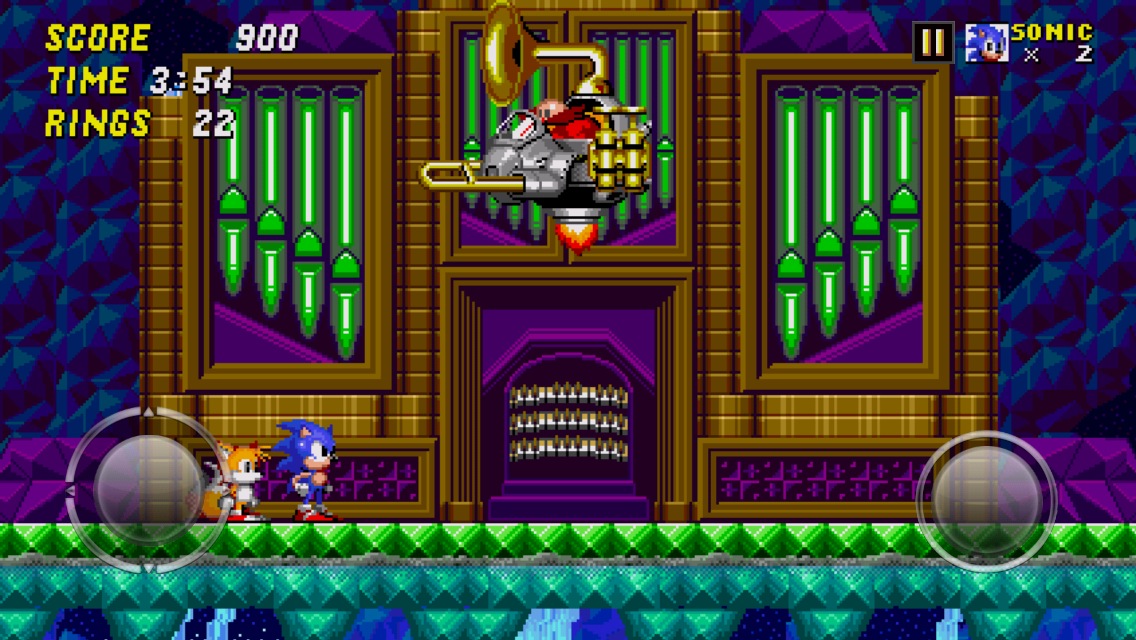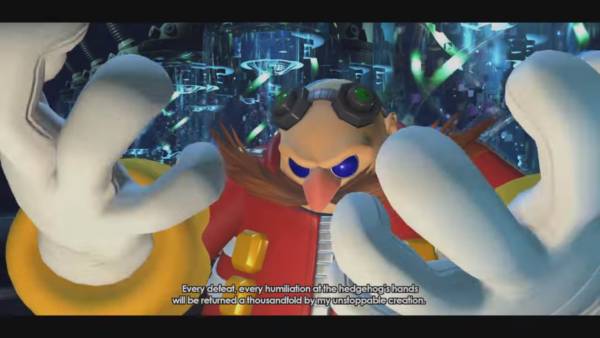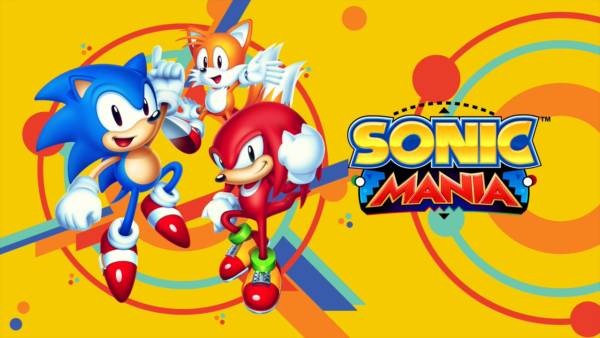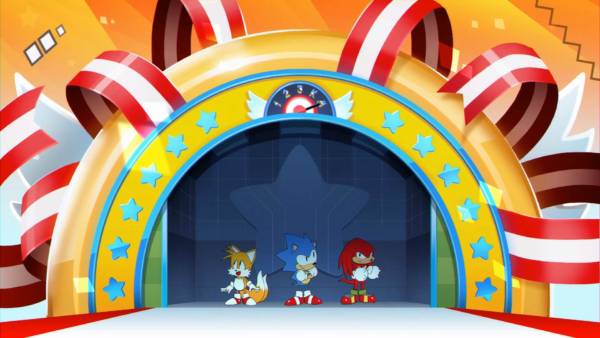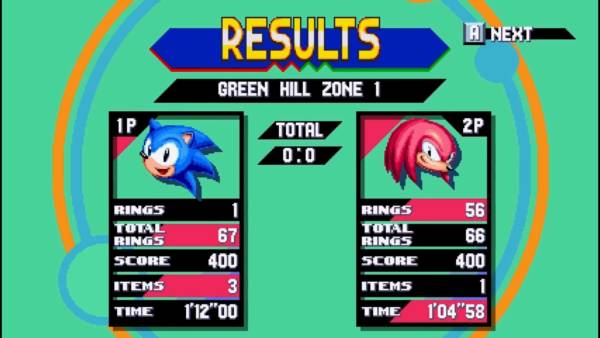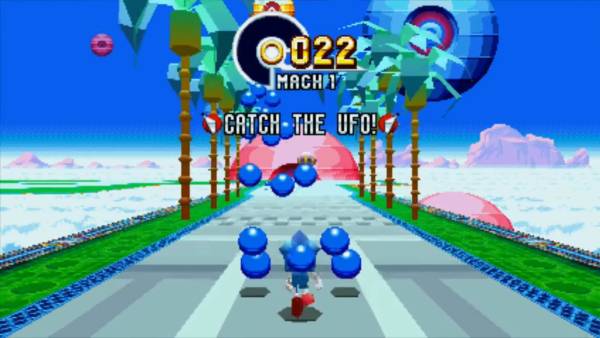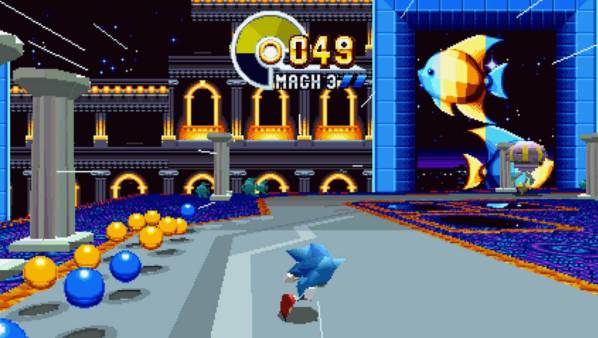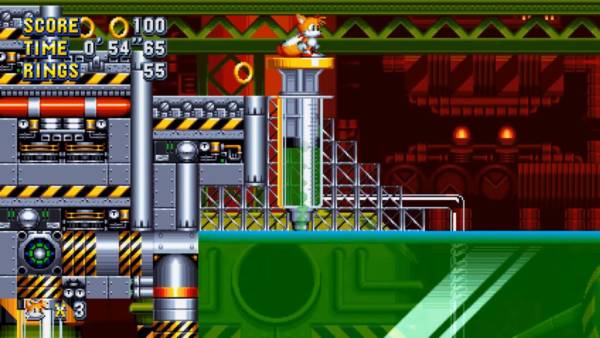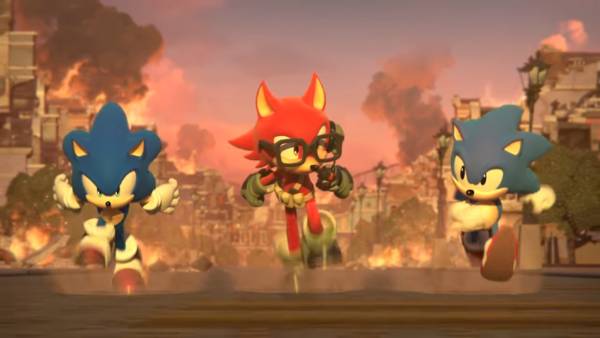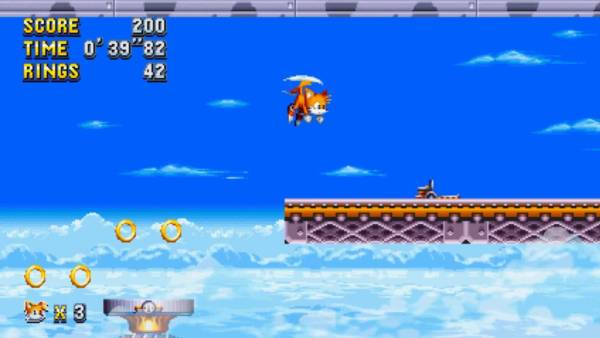The Sonic the Hedgehog series launched in 1991 and delivered a platformer that featured a then-revolutionary usage of momentum and physics to create dazzling speedy gameplay. With Sonic Boom causing chaos among critics, it’s time to remind ourselves why the series has endured for over twenty years, and what made it good in the first place. Here’s VGU’s Top 10 Sonic the Hedgehog games.
10. Sonic 1 8-bit (Master System, Game Gear, 1991)

When Sega realised that Sonic was a hit on Mega Drive /Genesis, they quickly got to work on creating an 8-bit version of the game for the Master System. This version of the game features different levels and songs, and was partly developed by PS4 creator Mark Cerny himself.
Levels that are exclusive to this version of the game have become fan-favourites, such as the classic Bridge Zone or the Sky Base Zone that closes the adventure. While obviously not as advanced as its 16-bit brethren, it has a certain undeniable charm.
9. Sonic Advance (Game Boy Advance, 2001)

This was the first outing for the hedgehog on a Nintendo machine after Sega discontinued the Dreamcast. The level design here was multi-layered, and didn’t feature the long periods of holding right and bottomless pits that its sequels would become infamous for.
Four playable characters were included, and the level design catered for each of them. Sonic Advance’s levels were expansive and had a better understanding of the physics that made the classic series great than other 2D Sonic games.
8. Sonic Adventure 2 (Dreamcast, 2001)

The last hurrah on Dreamcast received high critical acclaim. Sonic Adventure 2 is filled with content, such as unlockable 2-player stages, a kart-racer, virtual pets, extra missions and the elusive All A-Rank Emblem. The game’s story is one of the few Sonic stories that isn’t totally nonsensical, and the main focus of the game, Sonic’s black doppelganger Shadow, had the good sense to (spoilers) die in the ending cutscene (fan outcry would later see him return and facilitate creating horrendous stories and games like this).
Sonic gameplay counted for approximately one third of the game. Knuckles’ treasure hunting gameplay was tweaked from the first Adventure game to make it harder to find objectives, and the character changes were now forced. Compared to its predecessor, Sonic Adventure 2 is actually the weaker of the two for these reasons. Therefore….
7. Sonic Adventure (Dreamcast, 1999)

1999. Sega launches the Dreamcast, the first in the post-PS1 generation, and its flagship game is Sonic Adventure. This is an ambitious game indeed, with six interwoven storylines, six playable characters and a new axis of movement.
Great music, combined with a stunning colour palette and art direction made Sonic Adventure the game to play on the Dreamcast. The way the stories interlock is brilliant, and unlike its sequel, you won’t change characters unless you choose to. Granted, if you want to get the actual ending of the game you’ll have to trundle through the Big campaign, which involves fishing. Knuckles’ stages were nonlinear here, making them more enjoyable, and the other characters were still platforming despite everything (well… except Big).
It was great to see the events of the story play out from different perspectives, and learning why characters behaved the way they did as a result. This interweaving storyline concept is something that Sonic Team tried to revisit in later games with little to no success, as it was never done as well it was here since.
6. Sonic Colours (Wii, 2010)

Sonic Adventure 2 was released in 2001. Sonic Colours, the game that many believe is the one that broke the trend of disappointing Sonic games, was released in 2010. It took nine years for Sonic Team to get their act together, and just make a game where Sonic runs about and defeats Robotnik. New movement options came in the form of Wisps, colourful little aliens which let Sonic move around in the air or underground.
The reason it worked well is because it took the best parts of Sonic Unleashed, and built the whole game around them. The rebalanced boost system, the 2D/3D switching and the total lack of any other type of gameplay made Colours a breath of fresh air after so many failed attempts to make a decent game.
Colours kept it simple, though it drew some criticism for being totally linear whenever it went to 3D and remained in 2D for much of the experience. Thankfully the next game would include far more open 3D spaces, and refine it even further….
